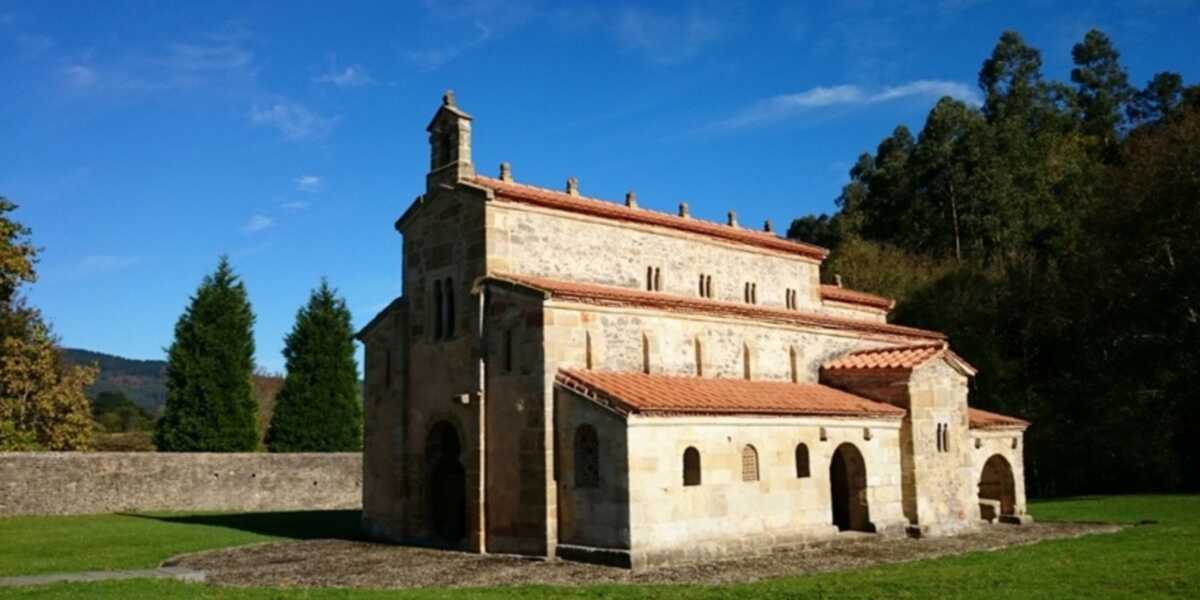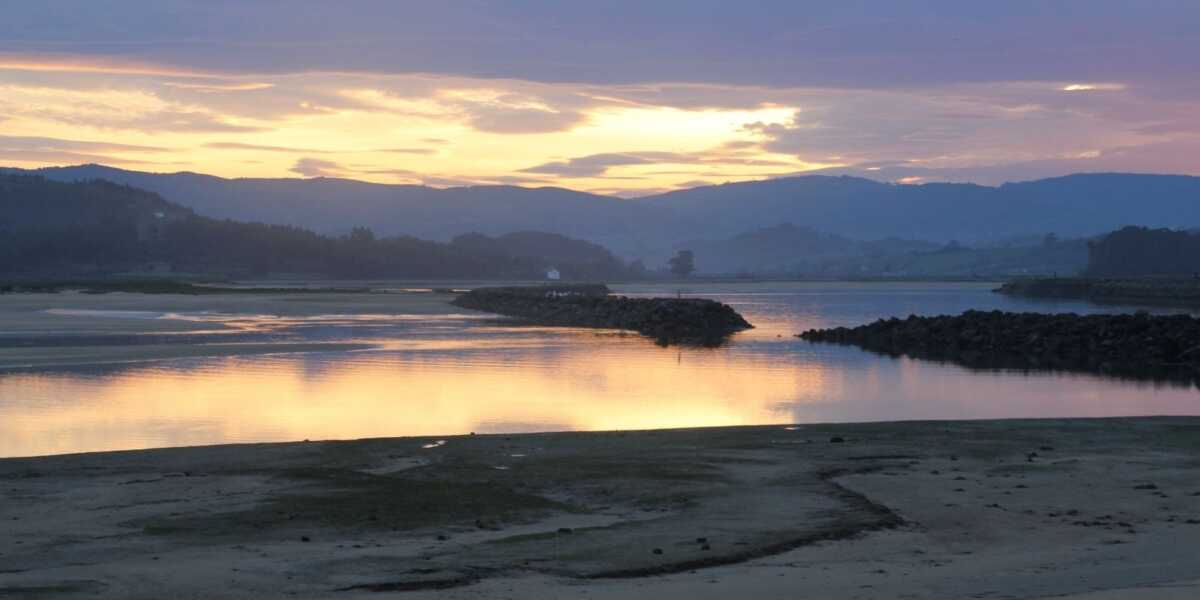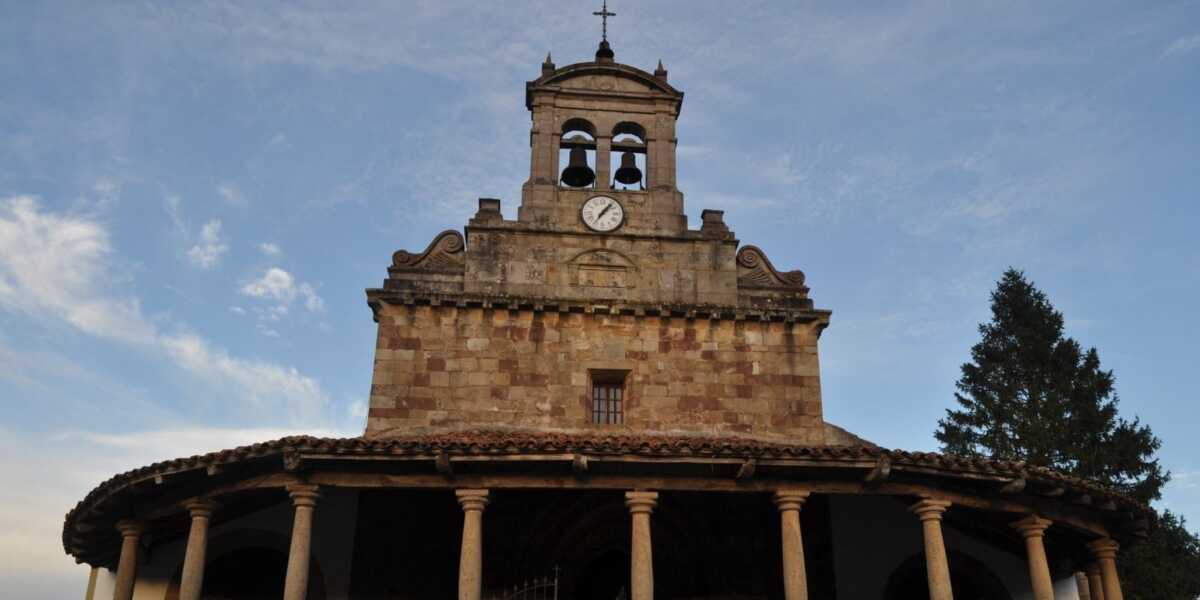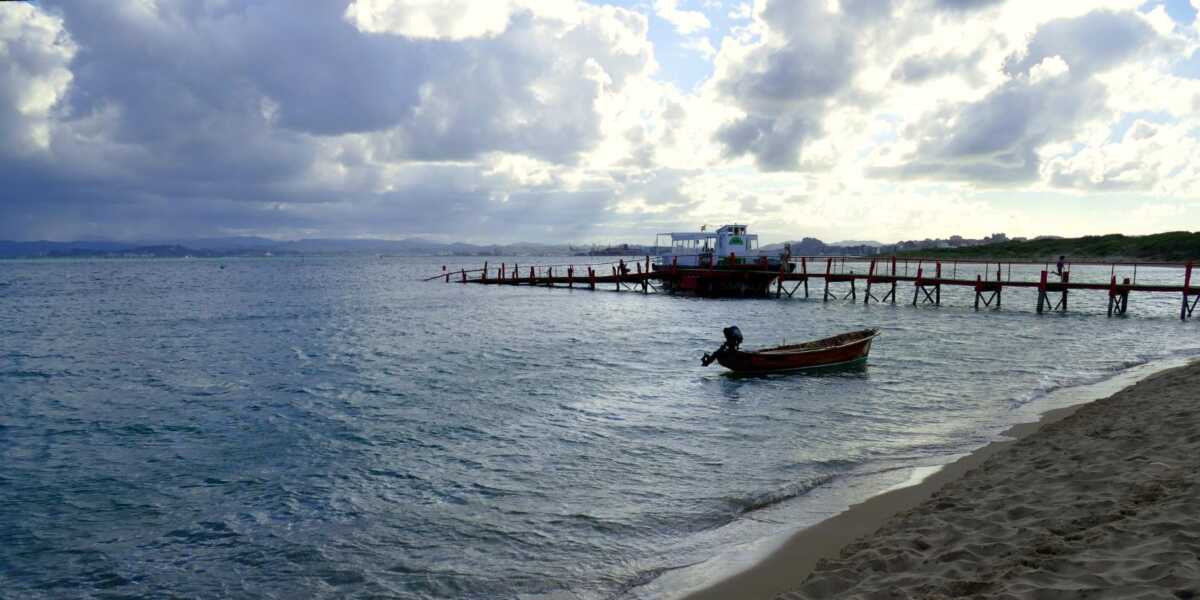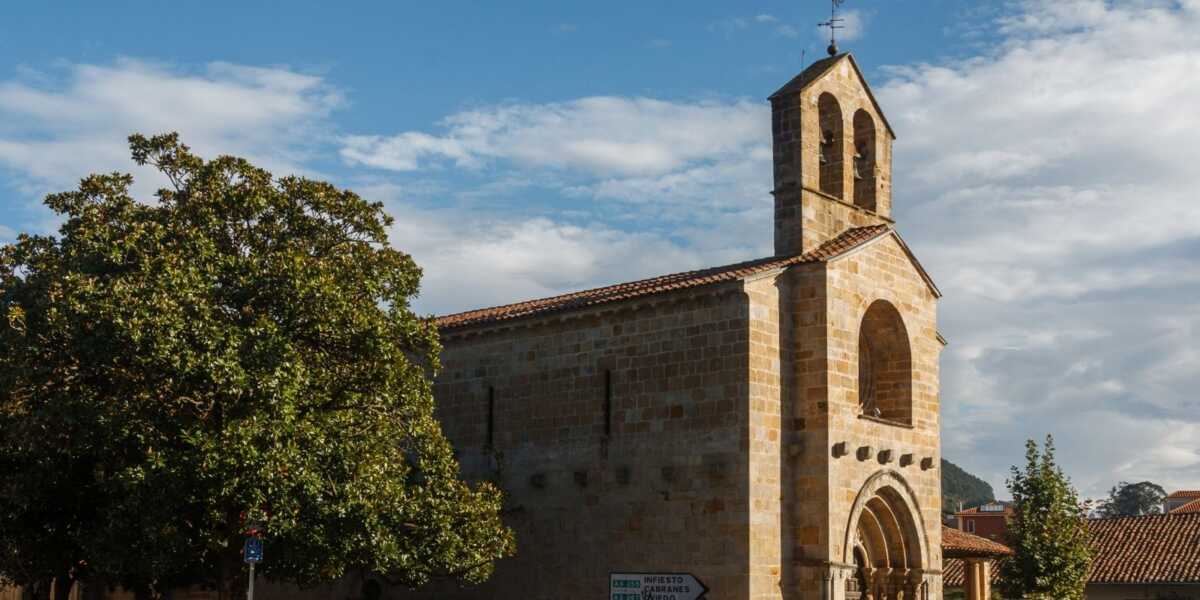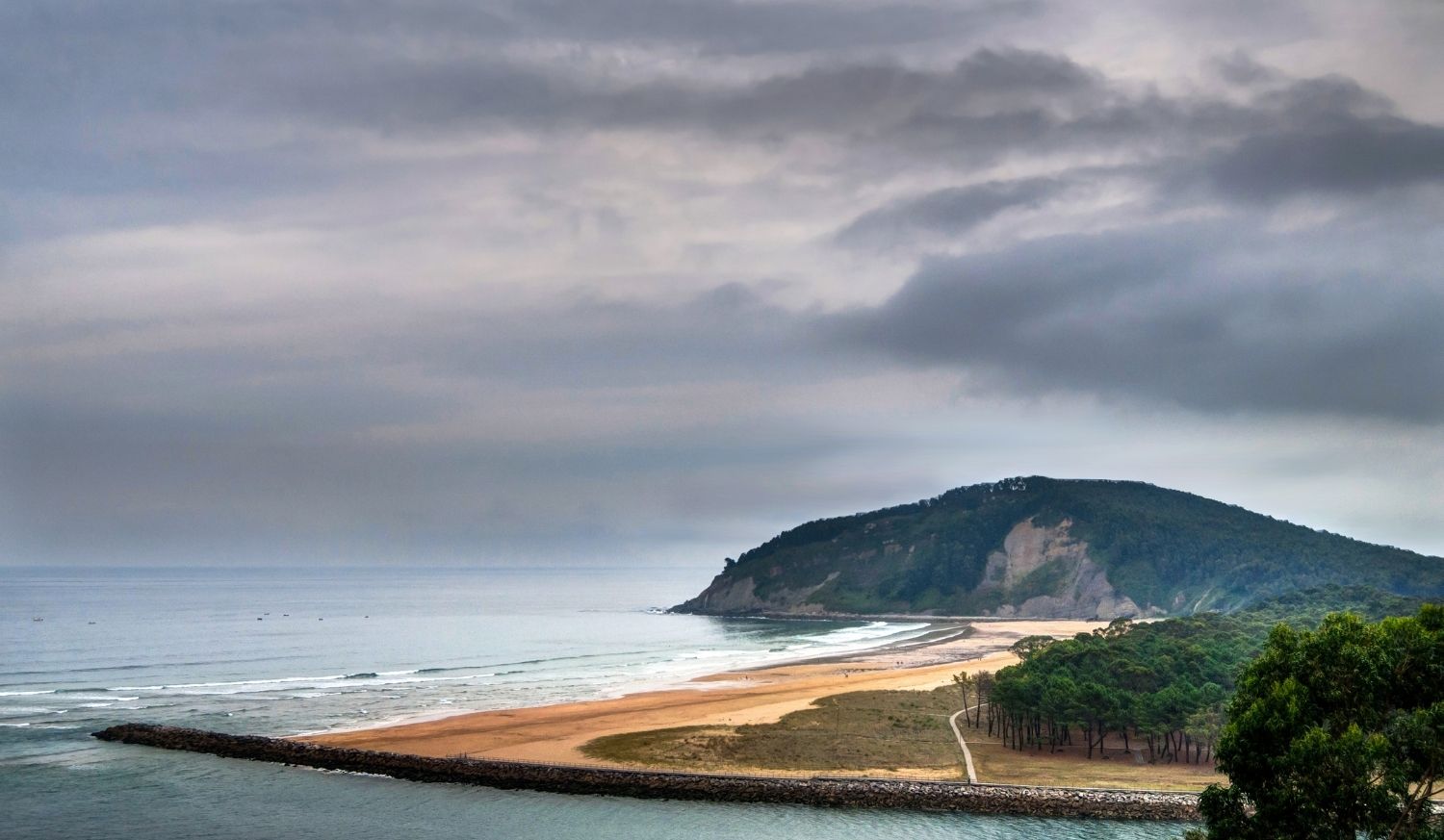
Information about Villaviciosa
Villaviciosa is in the Principality of Asturias, located on the North Road and bathed by the Cantabrian Sea. The village is famous for the quality of its cider and the abundance of apple trees in its landscape. One of the villages it houses, Poreñu, was awarded the Exemplary Village of Asturias Award 2017. A perfect location to extend the stay and discover this and other benefits that promises to offer the traveler.
What to see and do in Villaviciosa
The Monumental Complex of Valdediós
In the incomparable surroundings of the Boiges valley, which the Cistercian monks baptised with the name of Valdediós, stands the church of San Salvador. This temple is considered an authentic jewel of Asturian pre-Romanesque art. It is colloquially known as “El Conventín” and was ordered to be built by King Alfonso III.
A few meters away is the Monastery of Santa Maria de Valdediós which was founded in 1200 by the kings Alfonso IX of Leon and Berenguela of Castile. This architectural ensemble is of great value, and the temple is considered a relevant example of the legacy of Cistercian Romanesque architecture in this community. On the other hand, the Romanesque cloister was replaced between the 16th and 17th centuries, so the present one has a marked classicist style.
The Villaviciosa estuary
It is one of the best preserved and most environmentally valuable estuaries on the Cantabrian coast. In addition, at its mouth is the beautiful Rodiles Beach. It is an impressive natural environment made up of beaches, dunes, estuary and cliffs, a must for any nature-loving traveller visiting the area. The great faunistic interest, especially ornithological, of the estuary stands out, since it is located in a privileged situation between the migratory routes. Since 1995 this area has been declared a Partial Nature Reserve and is included in the list of Wetlands of International Importance (RAMSAR).
The Church of San Juan de Amandi
This interesting temple has its origin in the first third of the 13th century. It is considered one of the most relevant examples of Asturian Romanesque architecture, both for its architectural treatment and its striking sculptural decoration. A visit of great tourist interest and that allows you to enjoy the heritage of the past. Its semicircular apse and sacristy attached to the south side stand out, as well as the wide 17th century portico.
The beach and port of El Puntal
This environment is located in the parish of San Martín del Mar, a few kilometres from Villaviciosa. If you have the opportunity to travel during your stay in the town, you can enjoy a small sandy area at the mouth of the Villaviciosa estuary, opposite the beaches of Misiegu and Rodiles. It provides a wooded recreational area and a promenade to enjoy the estuary and the sea. Here is located the main marina of the town, so you can also take the opportunity to visit it.
The Church of Santa María de la Oliva
Formerly known as Santa María del Conceyu, this church is a late Romanesque building in Villaviciosa and also incorporates several Gothic elements. It was built at the end of the 13th century and has a rectangular shape with a single nave and a wooden roof. The existence of some hunting scenes in the capitals of the façade stands out. The main door has an openwork rose window, archivolts, columns and capitals with prominent zoomorphic and anthropomorphic figures.
The Route of the Mills of the River Profundu
Knowing the natural charm of the place it is not surprising that hiking is also present in the most important activities of Villaviciosa. One of the most interesting routes is La Ruta de los Molinos del Río Profundu which runs along a 7 km stretch of great beauty. Along this route you can find the ruins of more than twenty old water mills sheltered by the riverside forest.

